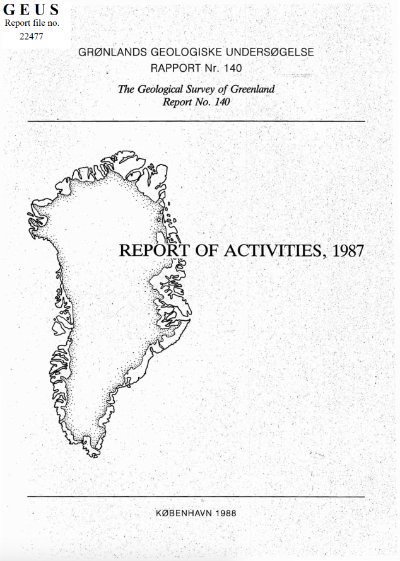Application of seismo-stratigraphic interpretation techniques to offshore West Greenland
DOI:
https://doi.org/10.34194/rapggu.v140.8037Abstract
A pilot study is being conducted to determine if the use of seismo-stratigraphic interpretation techniques can increase the understanding af the geology of offshore West Greenland in order to reassess the prospectivity of the area. During the period 1975 to 1979, a number of concessions offshore West Greenland were licensed to various consortia of oil companies to search for petroleum. Some 40 000 km of seismic data were acquired, all of which is now released. Five wells were drilled, all of them dry, and all concessions were relinquished by the industry by 1979. The regional geology of offshore West Greenland has been summarised by Manderscheid (1980) and Henderson et al. (1981). They show the West Greenland Basin to consist of fairly uniformly westward dipping sediments bordered near the shelf break by a basement ridge. These authors used what may be termed 'conventional' techniques of seismic interpretation. However, since that time the techniques of seismo-stratigraphy (Vail et al., 1977; Hubbard et al., 1985) have become established. They are now being applied to study seismic data acquired during the mid-1970s.
Downloads
Published
Issue
Section
License
This article is distributed under a CC-BY 4.0 licence, permitting free redistribution and reproduction for any purpose, even commercial, provided proper citation of the original work. Author(s) retain copyright over the article contents.


